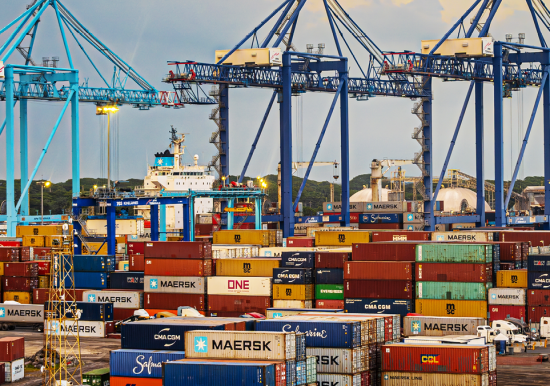
Finland at the Forefront
Finland ranks first in the CGGI and performs well across all seven Index pillars. What makes it so successful? What principles and practices could other governments learn from the Finns?
Innovation Governance
Finland’s government has a long history of adapting to change. Investment in research and high quality education has allowed the country to shift from a resource-based to a knowledge- based and technology-driven economy. Finland’s flexible innovation policies are largely shaped by two ministries: the Ministry of Education and Culture and the Ministry of Economic Affairs and Employment. They promote collaboration between research institutes, academia, private sector funding agencies, and other ministries, who often have their own innovation labs. The Prime Minister’s Office is also directly involved. Finland’s Research and Innovation Council monitors the entire system, focused on involving a wide range of stakeholders to address emerging scientific and social challenges. Together, these policy actors adapt to the needs of Finnish industries, both small and large, and ensure the economy is well placed to embrace new opportunities.
Recent targeted policies include:
- Health Sector Growth Strategy for Research and Innovation Activities – improving healthcare research to better compete globally
- Bio-Economy Strategy – targeting economic growth through renewable resources
- Six City Strategy – developing more efficient city services through partnerships across six major cities
- Open Science and Research Initiative – digital solutions for access to research data to spur further innovation, while at the same time preserving intellectual property rights (an area where Finland excels).

Open Markets and Efficient Institutions
Finland is a trade dependent nation and an active proponent of free trade. In 2019, trade accounted for 80% of the country’s GDP – key export industries include forestry, machinery and chemicals. Finland imposes low tariffs on agricultural products and maintains low agricultural subsidies.
The strength of Finland’s public services is rooted in the country’s consistent progress towards a more competitive economy. Over the last four decades, the country undertook structural reforms to its public administration, decreasing its size and embracing more market-oriented approaches to how it is run. Several government agencies have been transformed into competitive enterprises, and the restructuring of government budgetary systems has led to more efficient central and local government, focused on making it easier for the public to access services. These systems have emerged in a political landscape that is stable and reliable, without sudden changes in policy or interruption to services.
Without competent and motivated public officials, even the finest strategies, programmes, buildings, and information systems are meaningless.
Matti Anttonen, Permanent State Secretary, Finland
Rising Through Education
Over 98% of Finland’s education system is state-funded, and investments focus on developing the localised capacity of schools and teachers to respond to the diverse needs of the students. Teachers are highly trained and are empowered to design their local curriculum around national standards. Students rank among the best in the world for literacy and science, but remarkably, Finland does not use national standardised tests. Students are trained to think creatively, manage their own learning, and learn through inquiry.
Promoting Non-Discrimination
When a nation allows discrimination against specific groups in society, its whole economy can suffer. Seven per cent of Finland’s population was born outside the country, and there are several national minorities. A new Non-Discrimination Act entered into force in 2015, and is applicable to all aspects of Finnish life. It places obligations on public and private institutions and employers to prepare plans that promote equality and prevent discrimination. By enacting such laws and policies, Finland is not only protecting these groups, but looking ahead to build social cohesion and greater human capital.
More Stories


Global Influence & Reputation Country Snapshot: Türkiye

